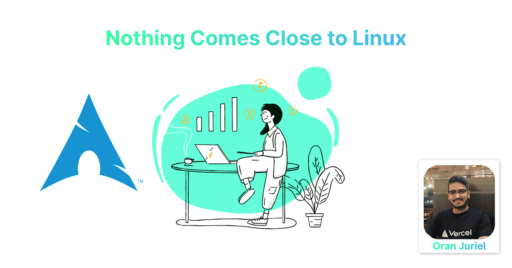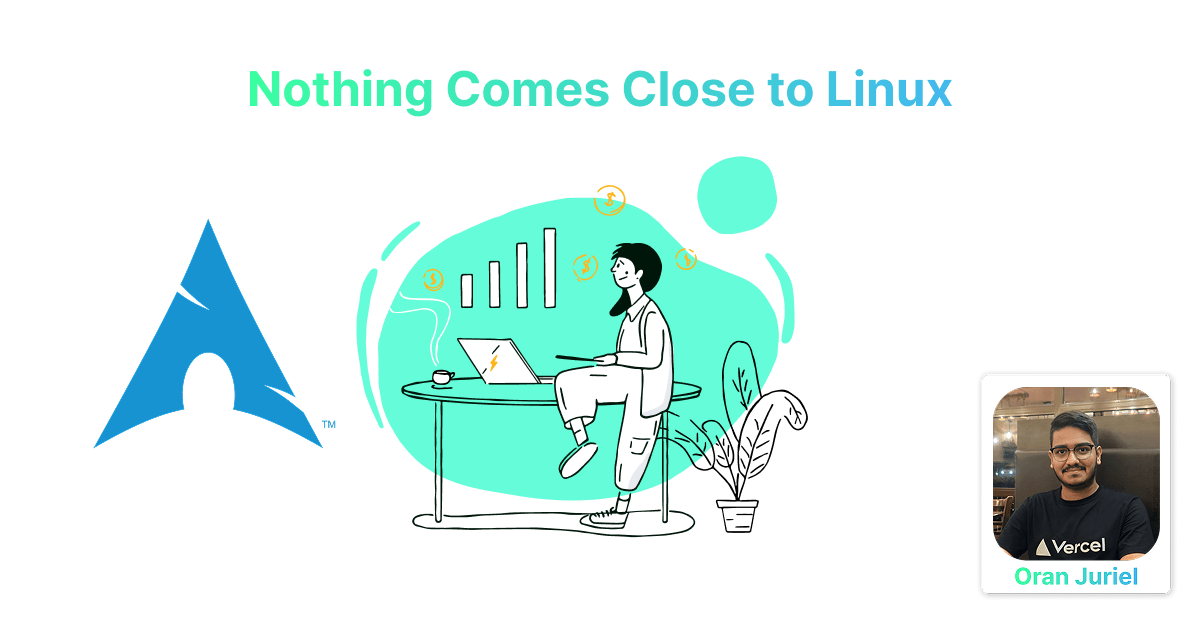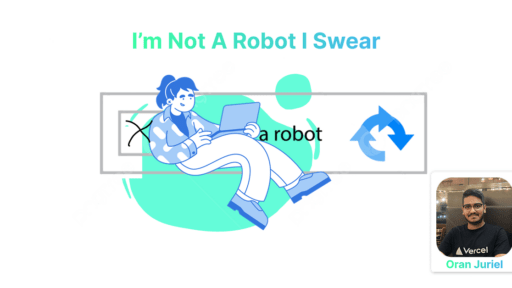Over the past decade, I’ve had the privilege of immersing myself in the world of Linux, a journey that has profoundly shaped my relationship with technology.
Having spent a third of my life exploring open-source operating systems, I can confidently say that no other platform offers the same level of freedom, flexibility, and control as Linux.
While it’s true that Linux isn’t for everyone, its unparalleled customization options, stability, and community support make it an unmatched choice for those willing to embrace its learning curve.
My adventure with Linux began in October 2014 when, as a curious teenager, I decided to step away from the familiar confines of Windows and explore alternative operating systems.
Back then, I was drawn to Ubuntu for its sleek design and cost-free nature—though I didn’t fully grasp what “open source” meant at the time. What started as a casual experiment quickly turned into a passion project. After experimenting with various distributions, I eventually settled on Arch Linux, which has been my daily driver for nearly six years now.
To put it simply, Arch Linux stands head and shoulders above Windows.
From Ubuntu to Arch
When I first installed Ubuntu, it felt like stepping into a new dimension of computing. The performance was snappy, the interface clean, and most importantly, I finally had full control over my system. No more sluggish updates forcing restarts or random crashes disrupting my workflow. But while Ubuntu was fun, Arch Linux took things to another level entirely.
Arch is not for the faint-hearted. Unlike beginner-friendly distributions like Ubuntu or Fedora, Arch requires users to roll up their sleeves and get hands-on during installation. When I first installed Arch back in the day, there were no guided installers; I manually partitioned my hard drive, configured drivers, and set up my desktop environment from scratch. This process might sound daunting to some, but for me, it was exhilarating. It wasn’t just about using Linux anymore—it was about understanding how every component of my laptop worked together. Each decision I made—from choosing a window manager to selecting software packages—had a direct impact on my system’s performance and usability.
In contrast, Windows often feels restrictive. Sure, you can change your wallpaper or tweak a few settings, but the core experience remains dictated by Microsoft’s vision. With Arch, I have complete freedom. Want a minimalistic setup? Go ahead. Prefer a feature-rich desktop environment like KDE Plasma (one of the best out there)? That’s possible too. And let’s not forget the absence of bloatware or unnecessary background services—a breath of fresh air compared to the cluttered ecosystems of proprietary OSes.
Rolling Releases vs. Disruptive Updates
Another area where Arch shines is its rolling release model. On Windows, you’re at the mercy of Microsoft’s update schedule, waiting months for major releases that sometimes introduce more problems than solutions.
Who hasn’t experienced a botched update causing boot loops or breaking essential functionality? like the infamous KB5043145 update wreaked havoc on countless PCs.
Arch, on the other hand, ensures you’re always running the latest software without disruptive interruptions. Its frequent yet incremental updates keep your system current without requiring constant reboots. If something does go wrong—which is rare thanks to the robust testing processes within the Arch User Repository (AUR)—a quick Google search usually leads to a fix. Plus, troubleshooting issues has only sharpened my problem-solving skills over the years.
Challenges and Trade-offs
Of course, no operating system is perfect, and Linux certainly has its challenges. For one, the steep learning curve associated with Arch can be intimidating for newcomers. However, resources like the legendary Arch Wiki are invaluable lifelines, the Arch Wiki has answers to almost any question you could ask.
Another limitation lies in the lack of support for certain proprietary applications. While open-source alternatives exist for most tools, professional-grade software like Adobe Creative Suite remains either unavailable or inferior on Linux. Programs like GIMP and KDEnlive are excellent, but they don’t quite match the polish and integration of their Windows counterparts. Still, these trade-offs pale in comparison to the benefits Linux provides.
The Power of Community
One of the most rewarding aspects of using Linux is the sense of belonging to a vibrant, collaborative community. Unlike the closed ecosystems of proprietary platforms, Linux thrives on openness and shared knowledge. From contributing code to filing bug reports or helping others troubleshoot issues, everyone has a role to play. The Arch community, in particular, is incredibly knowledgeable and supportive. Whether through the Arch Wiki, official forums, or subreddits, I’ve consistently found help whenever I needed it.
A Changing Landscape
Looking back at the past decade, it’s remarkable how far Linux has come. When I first started using it in 2014, Linux was largely seen as a niche tool for developers, hackers, and sysadmins. Today, user-friendly distributions like Ubuntu, Linux Mint, and Fedora have brought Linux to mainstream audiences. Meanwhile, technologies like Docker and Kubernetes have cemented Linux’s dominance in server environments and cloud computing.
As I approach my ten-year anniversary with Linux, I’m filled with gratitude for the lessons it has taught me. Linux has instilled in me a deep appreciation for freedom, choice, and control over my digital life. Yes, there have been frustrations along the way, but the rewards far outweigh the challenges. Arch Linux, in particular, has become an integral part of my identity as a tech enthusiast—and I can’t imagine returning to anything else anytime soon.
To anyone considering dipping their toes into the world of Linux, I say: take the plunge. It may require effort, but the payoff is immense. After all, if you value transparency, innovation, and empowerment, there truly is nothing else like Linux.





